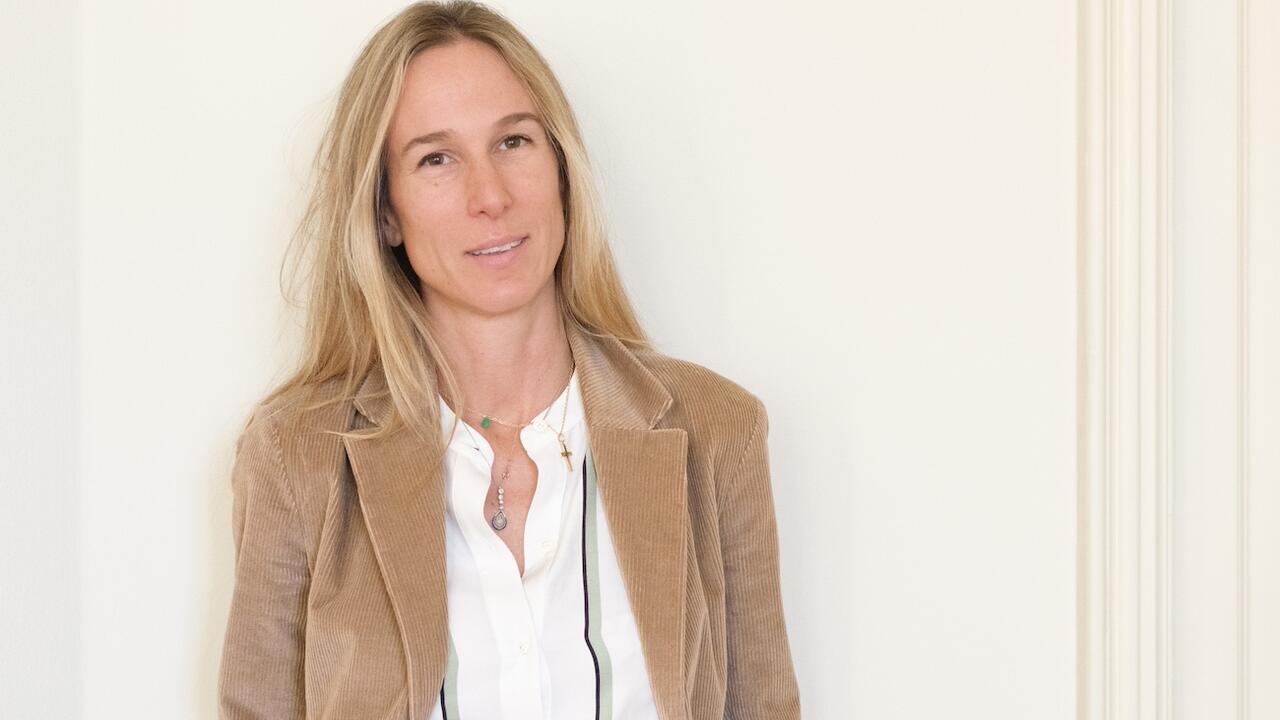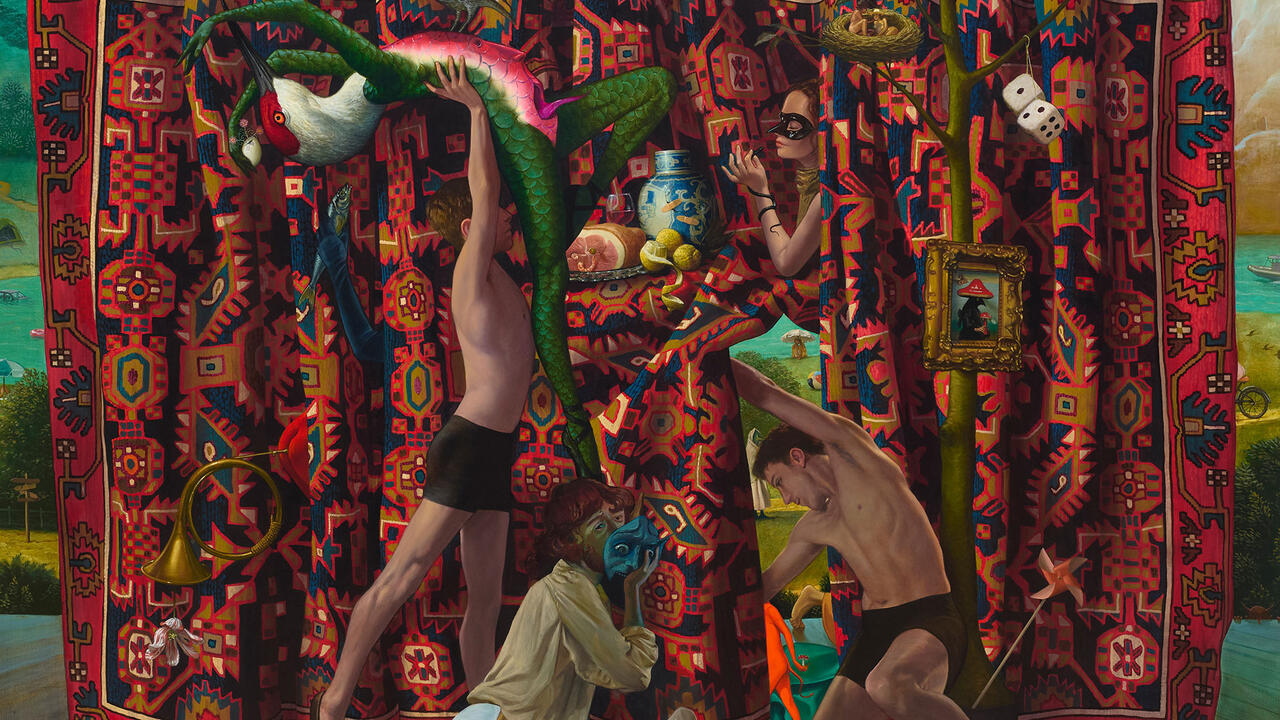Cohabitation
Galleria Francesca Kaufmann, Milan, Italy
Galleria Francesca Kaufmann, Milan, Italy

Modernist architects often called for customised building based on the manual combination of parts to be replaced by mass production. Alison and Peter Smithson, for example, responded to this debate with their The House of the Future (1956), which was to be assembled from various parts, rather like a car, and which would only have become financially viable when produced in very large numbers. At the same time, however, the likes of John McHale and Eduardo Paolozzi were creating Pop art collages; hand-made using specially imported American magazines. In art, then, supposedly retrograde techniques – the direct assembly of materials from different contexts – were the subject of ongoing experimentation, as has always been the case with the avant-garde.
In architecture today, mass customization and rapid prototyping represent attempts to resolve the conflict between unique features and mass production at a high technological level. In art, on the other hand, collage is currently being rediscovered as a modest, manual form of expression that is considered particularly well-suited to the times – one need only think of recent exhibitions such as ‘Collage: The Unmonumental Picture’ at the New Museum in New York. More in keeping with the format of a gallery show, ‘Cohabitation: 13 Artists and Collage’, which consisted mainly of new works plus a small number of earlier examples tracing the development of collage since the 1960s, was less concerned with claims to emblematic status for the medium. Most of the featured artists had no previous links with the gallery and some were exhibiting in Italy for the first time. In a direct sense, the title ‘Cohabitation’ refers to the coexistence of disparate elements in a collage; on a broader level, it also refers to human and architectural bodies.
Looking at the works by Linder and John Stezaker, one is struck at first by a feeling of déjà vu, a memory of earlier phases in their careers, both artists having been ‘rediscovered’ in recent times. With astonishing insistence, Stezaker continues to work with two images per collage. The three pieces on show, Marriage (Film Portrait Collage) L / LI / LII (2008), function like optical puzzles: at first glance, the two conjoined faces hardly fit together; then they suddenly seem perfectly to complement and comment on each other. (Goshka Macuga’s works Angel of Anarchy I / II / III, 2008, are highly elegant hybrids similar to Stezaker’s, also working with just two elements, in this case blending movie beauties with trees.) Linder’s untitled pieces from 2007 are tougher and more homogeneous than her earlier works. Perhaps the most striking difference to the work of her predecessors from the Independent Group is the more subtle joining of parts, creating combinations with absurd psychological and sexual connotations – disproportionately large rose blossoms covering women’s eyes, heads or legs – that seem plausible.
The work of architect and designer Carlo Mollino (1905–73) not only blurs the borders between artistic genres, but also breaks down the distinction between a project and its realization. Having initially photographed architecture himself, Mollino later collaborated with other photographers. Especially in his work with Riccardo Moncalvo (who recently passed away at the age of 93), this partnership was a symbiotic one. In fact, when Moncalvo started to work on his own on commissions by Mollino, he still did so very much in the latter’s spirit. His photomontage of Mollino’s design for Turin’s Theatre Royal (Fotomontaggio del Teatro Regio di Torino, c. 1965) is a prime example. The image is constructed of four carefully matched layers: a photograph of a model of Mollino’s planned project is spliced into an image of the surrounding buildings; the background is a dramatic sky; the broad but deserted streets are animated by a single female passer-by and a Pininfarina sports car parked in front of the theatre – both somewhat surprisingly depicted in colour against the black and white background. Together with a tiny arcade that has been added to the townscape, receding into infinity in a crazy perspective, these insertions open up new, unspecified, latently erotic horizons of meaning.
The show – which, in addition to those already mentioned, included works by Candice Breitz, Maggie Cardelus, Lorna Macintyre, David Maljkovic, Lecia Dole-Recio, Frances Stark, Nicole Wermers and Pae White – raised issues of collection and selection; both in terms of the curatorial choices of works on display, and in relation to the genre of collage, which is dependent on these factors. In collage, the disparate elements must fit together, at least graphically, and this calls for a range of options. To this end, Stezaker purchased a comprehensive collection of photographic material from the film industry; others, such as Moncalvo, painstakingly assembled their own archives of backgrounds, figures, etc., by taking each photograph themselves. Perhaps this marks the continuing relevance of collage: the way it mixes not only different techniques and references, but also otherwise distinct roles, thus rendering production and collection visibly interdependent.
Translated by Nicholas Grindell






















